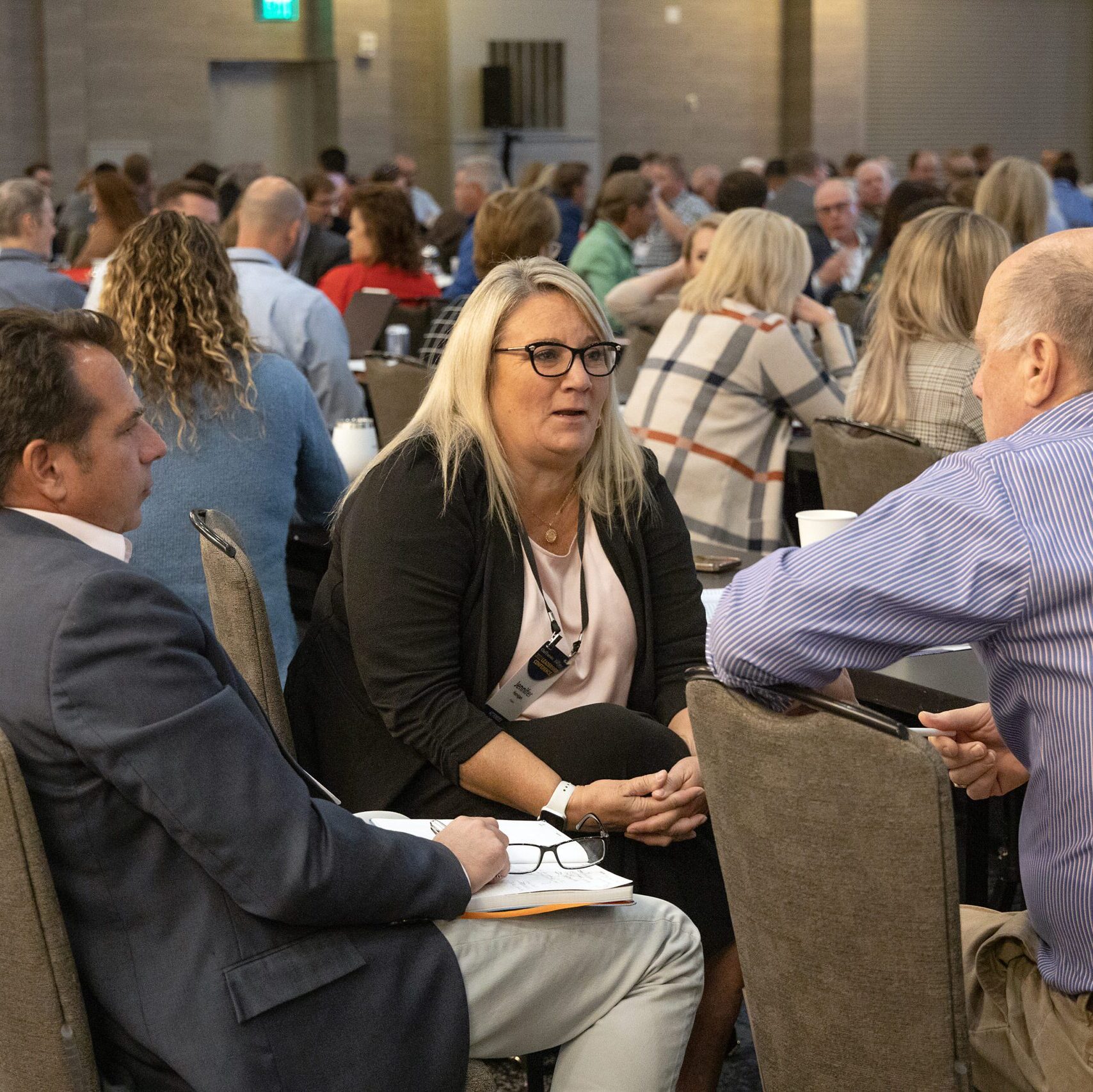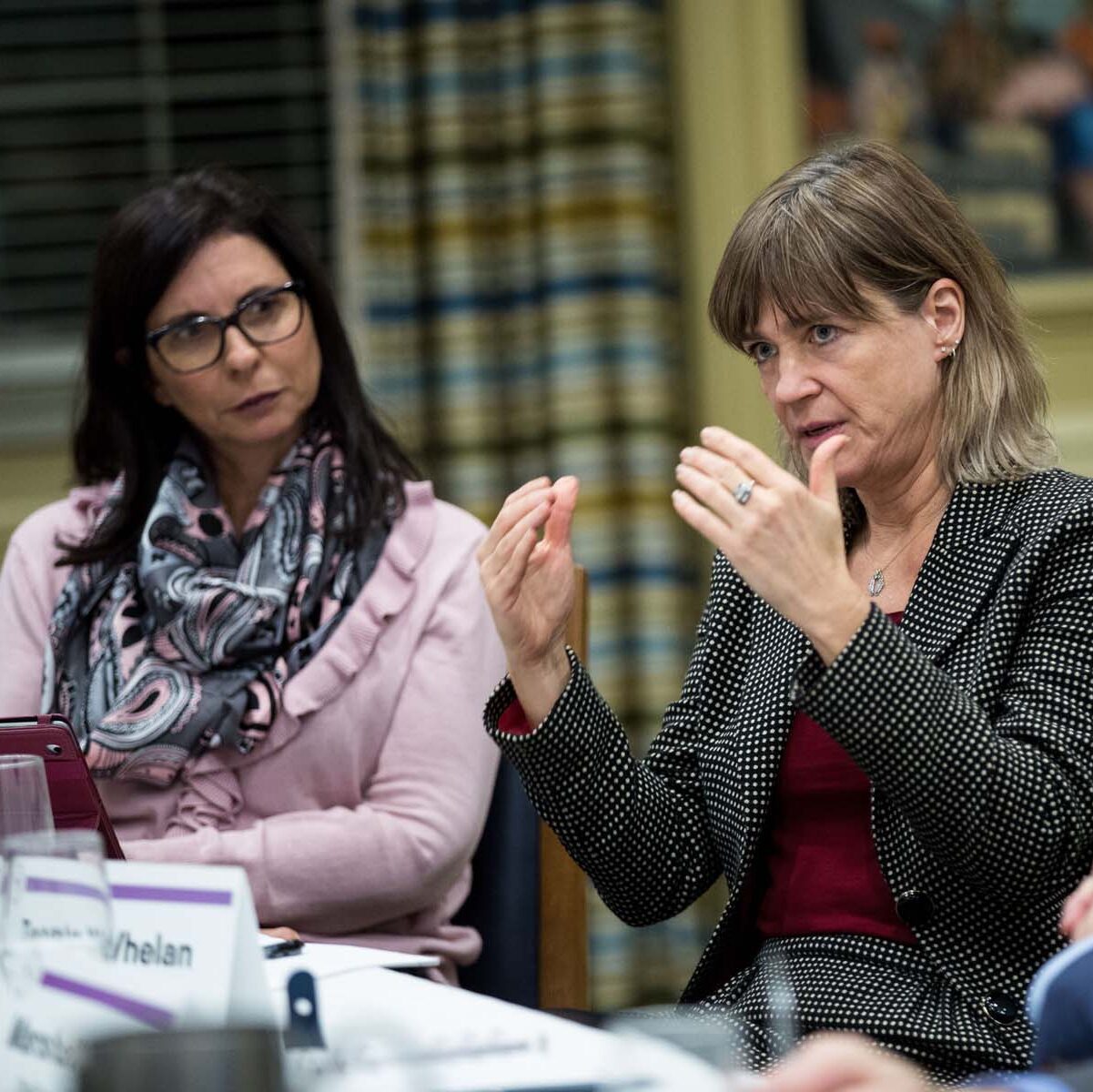
How To Future-Proof Your Workforce


In a business climate defined by relentless disruption, economic uncertainty and technological change, arming your workforce with the skills and capabilities to adapt to the need for near-constant reinvention is critical. Done well, talent development and retention acts as a strategic lever during such volatile times, powering recruitment, boosting retention, driving innovation and creating value.
For today’s CEOs, the stakes on talent are high and sharp. Companies increasingly need “bilingual” workforces, by which we mean the workforces are able to fluently navigate both business and technology, equipped with traditional skills but also conversant in areas like AI, engineering and analytics. Meanwhile, demographic trends, such as a declining birth rate and longer lifespans, along with rising higher education costs are requiring companies to take an even more active role in worker learning and development.
“Talent development has always been a top concern for business leaders, but all of these forces coming at their companies at the same time are elevating it as a priority,” says Ashley Williams, CEO and CLO of UVA Darden Executive Education and Lifelong Learning at the University of Virginia’s Darden School of Business. “CEOs are recognizing the need to rethink the role and responsibility of the workplace in providing the kind of development necessary to have and keep the talent they need.”
To get the most out of learning initiatives, CEOs need not only to invest in talent development, but also champion it. Executive and workforce programs are most effective when CEOs vocally anchor them to strategy and partner closely with CHROs to embed learning into the culture of the company, says Devin Bigoness, chief client officer and executive director of UVA Darden Executive Education and Lifelong Learning.
“A lot of what CEOs do day-in and day-out has to do with identifying and articulating what an organization needs to do strategically,” he says. “So, for a CEO to say, ‘Here’s what we are going to prioritize. Here are the strategic capabilities we need to enhance. And here’s how we’re going to develop them’—that can really amplify a program’s effectiveness.”
Relevance is key: When employees see a clear connection between the learning experience and their day-to-day work or the company’s broader mission, engagement and impact rise exponentially. At UVA Darden Executive Education and Lifelong Learning, customized learning program design starts by clarifying that link. Learning solutions are tailored to the organization’s specific context, strategic goals and talent needs.
“No two organizations are the same,” says Bigoness. “So, we work with the company to identify the set of capabilities that matter most and the audiences to be developed—senior leaders, high-potential managers, functional teams or frontline workers— and customize content and delivery formats that directly address what they’re trying to do.”
UVA Darden Executive Education and Lifelong Learning’s learning programs can be in-person, digital or a blend of the two, with the modality focusing on maximizing impact. Across all methodologies and formats, UVA Darden Executive Education & Lifelong Learning focuses on high impact, high touch solutions that accomplish the organizational and individual objectives. Individuals or groups can attend open enrollment or customized programs held at their company headquarters or Darden’s grounds in Charlottesville and Rosslyn, Virginia. Digitally enabled synchronous or asynchronous programs are strong options for reaching broader scale and connecting distributed audiences and cohorts. Today most companies leverage the whole spectrum, designing blended learning solutions that take a learner mindset that includes multiple methods over time to deepen the impact at scale.
As with Darden Business School’s No. 1 ranked MBA program, all of UVA Darden Executive Education and Lifelong Learning’s programs lean into experiential learning, eschewing traditional lectures in favor of interactive Socratic sessions structured around peer discussions and hands-on project work led by the university’s top-ranked faculty. Participants engage by sharing past experiences and teaming up to solve business problems, often drawn from Darden’s extensive library of case studies. This collaborative, project-based format mirrors the fast-paced, cross-functional decision-making in the real world, helping executives sharpen their strategic thinking and ability to lead through ambiguity.
“It’s a case-based, student-centered Socratic approach that delivers a more immersive, relevant and applicable learning experience—one that sticks long after the program ends,” says Williams. “Our goal is practical application for value creation across the enterprise through learning. Does something change about how this person is leading? Are they able to drive value from a particular project that was part of the learning experience? Are they able to apply it in the workplace? How is this going to change what they are doing and therefore what the company is able to do?”
Building individual capabilities is just the beginning. Ultimately, investments in development across levels and functions also strengthen engagement and create a robust, resilient and agile pipeline of talent—future-proofing your company for the challenges ahead.
0

1:00 - 5:00 pm
Over 70% of Executives Surveyed Agree: Many Strategic Planning Efforts Lack Systematic Approach Tips for Enhancing Your Strategic Planning Process
Executives expressed frustration with their current strategic planning process. Issues include:
Steve Rutan and Denise Harrison have put together an afternoon workshop that will provide the tools you need to address these concerns. They have worked with hundreds of executives to develop a systematic approach that will enable your team to make better decisions during strategic planning. Steve and Denise will walk you through exercises for prioritizing your lists and steps that will reset and reinvigorate your process. This will be a hands-on workshop that will enable you to think about your business as you use the tools that are being presented. If you are ready for a Strategic Planning tune-up, select this workshop in your registration form. The additional fee of $695 will be added to your total.

2:00 - 5:00 pm
Female leaders face the same issues all leaders do, but they often face additional challenges too. In this peer session, we will facilitate a discussion of best practices and how to overcome common barriers to help women leaders be more effective within and outside their organizations.
Limited space available.

10:30 - 5:00 pm
General’s Retreat at Hermitage Golf Course
Sponsored by UBS
General’s Retreat, built in 1986 with architect Gary Roger Baird, has been voted the “Best Golf Course in Nashville” and is a “must play” when visiting the Nashville, Tennessee area. With the beautiful setting along the Cumberland River, golfers of all capabilities will thoroughly enjoy the golf, scenery and hospitality.
The golf outing fee includes transportation to and from the hotel, greens/cart fees, use of practice facilities, and boxed lunch. The bus will leave the hotel at 10:30 am for a noon shotgun start and return to the hotel after the cocktail reception following the completion of the round.